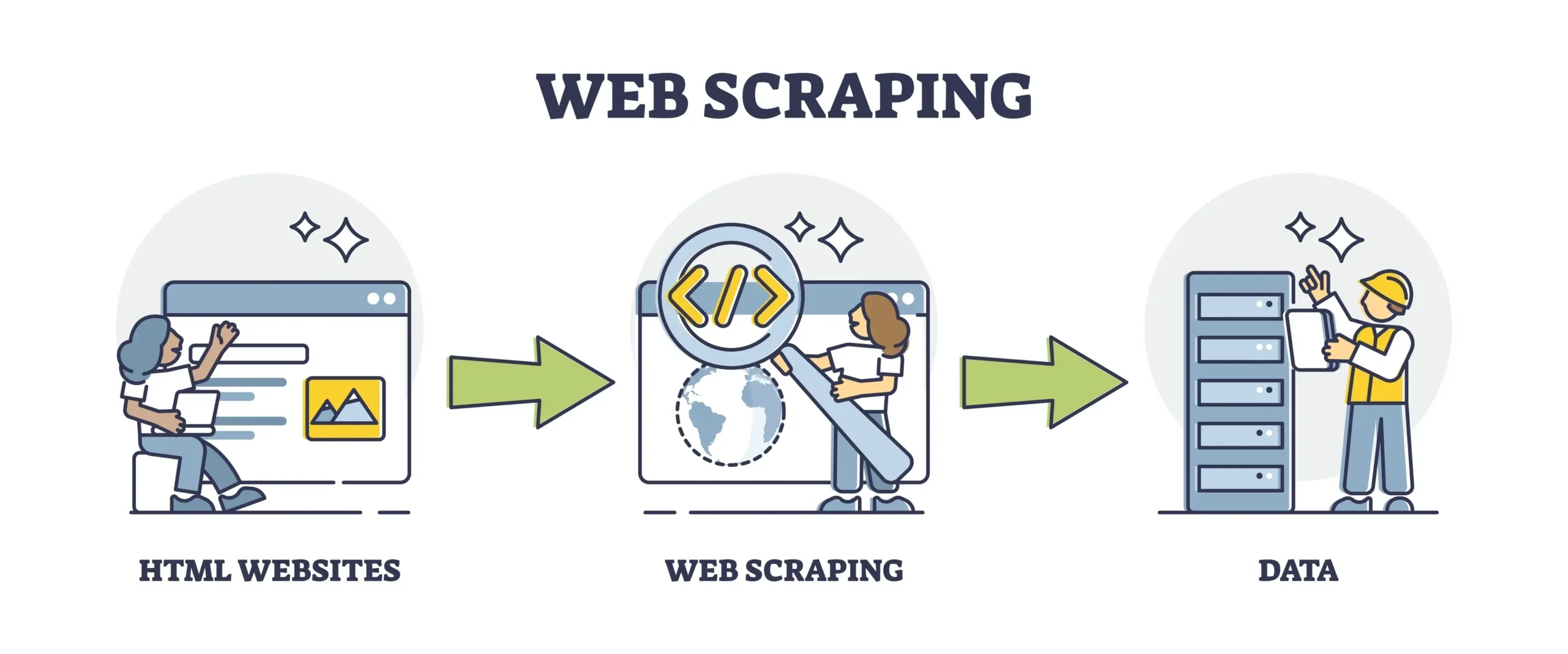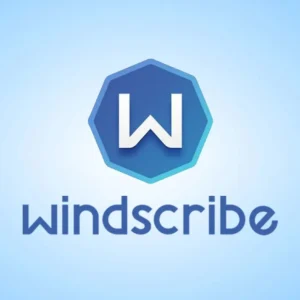Web scraping techniques are increasingly becoming essential for businesses and developers looking to automate data collection from various websites. These methods enable users to gather valuable insights and content efficiently, transforming web pages into structured data that can be analyzed and utilized effectively. If you’re exploring how to web scrape, you’ll discover a variety of data extraction methods that cater to different needs and technical skills. This web scraping tutorial will guide you through the process, focusing specifically on web scraping with Python, one of the most popular programming languages for this task. By mastering these techniques, you can harness the power of the web to drive your projects and decisions.
In the realm of digital data acquisition, various strategies for online data gathering have emerged, often referred to as web data extraction methods. These techniques involve systematically retrieving information from websites, enabling users to compile datasets from multiple sources seamlessly. If you’re keen on understanding the intricacies of this practice, a comprehensive web data extraction tutorial can enhance your skills, particularly if you choose to implement these strategies using languages like Python. The process of retrieving and structuring web content is not just a technical endeavor; it opens up a world of possibilities for analysis and application. With the right tools and knowledge, you can tap into the vast resources of the internet effectively.
Understanding Web Scraping Techniques
Web scraping techniques enable users to extract data from websites efficiently. This process involves using automated bots or scripts to gather information from web pages, which can then be used for various purposes like data analysis, research, and more. By understanding the fundamentals of web scraping, individuals can leverage these techniques to compile large datasets without the tedious manual effort of copying and pasting information from each page.
Among the various web scraping techniques, the most popular methods include HTML parsing, DOM manipulation, and utilizing APIs. Each technique offers its own advantages and can be chosen based on the complexity and structure of the website being targeted. For instance, while HTML parsing is effective for static pages, DOM manipulation can be used for dynamic content that loads asynchronously.
How to Web Scrape Effectively
Learning how to web scrape effectively involves understanding the right tools and methodologies. A common approach is to use programming languages like Python, which offers libraries such as Beautiful Soup and Scrapy that simplify the web scraping process. These libraries provide intuitive ways to navigate the HTML structure of web pages and extract the necessary data, making it accessible for analysis or storage.
Additionally, it’s crucial to follow ethical web scraping practices. This includes respecting robots.txt files, which indicate what content can be scraped, and ensuring that your scraping activities do not overload the website’s server. By adhering to these guidelines, you can perform web scraping in a responsible manner while still obtaining valuable data for your projects.
Data Extraction Methods for Beginners
For beginners looking to dive into data extraction, it’s essential to start with the basics of web scraping and gradually build up your skills. Familiarizing yourself with data extraction methods like XPath and CSS selectors will help you target specific HTML elements on a page. These methods are fundamental in retrieving data accurately and are widely used in various web scraping tutorials.
Moreover, using well-documented libraries and frameworks can streamline your learning process. Websites and online courses that provide step-by-step web scraping tutorials can be immensely helpful. They often include practical examples and projects that allow beginners to apply what they’ve learned in real-world scenarios, reinforcing their understanding of web scraping concepts.
Web Scraping with Python: A Comprehensive Guide
Web scraping with Python is one of the most popular methods due to its simplicity and the powerful libraries available. Python’s Beautiful Soup allows for easy navigation and searching through the parse tree of a webpage, which is invaluable for data extraction. Additionally, using requests library to handle HTTP requests means you can easily retrieve content from websites for scraping.
To get started with web scraping using Python, one can follow a structured approach. First, install the necessary libraries, then write a basic script to fetch a webpage. Once you have the content, you can apply parsing techniques to extract relevant data. With practice, you will be able to scrape complex websites and manage multiple requests efficiently.
The Importance of Ethical Web Scraping
Ethical web scraping is critical in maintaining a balance between data acquisition and respecting website owners’ rights. Many sites have specific terms of service that outline how their content can be used, and ignoring these can lead to legal repercussions. By adhering to ethical guidelines, web scrapers can ensure that their activities do not harm the website or its users.
Moreover, ethical web scraping fosters goodwill between data users and content creators, encouraging a collaborative environment. By being transparent about your scraping activities and giving credit where it’s due, you create a positive impact on the web scraping community, paving the way for future collaborations and data sharing.
Common Challenges in Web Scraping
Web scraping can present several challenges, particularly when dealing with dynamically loaded content and anti-scraping measures. Many websites employ JavaScript to render data after the initial page load, which can complicate the scraping process. Understanding how to use tools like Selenium can help address these challenges by simulating a real user’s interaction with the site.
Additionally, websites may implement security features such as CAPTCHAs or IP blocking to deter web scrapers. Navigating these obstacles often requires a combination of technical skills and creative problem-solving. Using proxy servers and rotating user agents are common techniques employed to bypass these restrictions while scraping data.
Advanced Web Scraping Techniques
Advanced web scraping techniques involve the use of more sophisticated tools and methods that go beyond basic data extraction. Techniques such as web crawling, which allows you to scrape multiple pages systematically, can help you gather large datasets efficiently. Tools like Scrapy can automate this process and manage requests intelligently, making it a preferred choice for larger scraping projects.
Furthermore, employing machine learning techniques can enhance the scraping process by allowing you to analyze and categorize data on-the-fly. This can be particularly useful when scraping large volumes of unstructured data from various sources. By integrating machine learning with web scraping, you can create more intelligent systems that adapt to changing website structures.
Best Practices for Successful Web Scraping
To achieve success in web scraping, it’s essential to follow best practices that ensure efficiency and compliance. One key practice is to plan your scraping project thoroughly, defining what data you need and how often you will scrape it. This planning stage can save time and resources, particularly when dealing with complex websites.
Additionally, implementing error handling in your scraping scripts is crucial. Websites can change frequently, and handling exceptions gracefully will allow your scraper to adapt to these changes without crashing. Moreover, regularly updating your scraping scripts to accommodate changes in website architecture will help maintain data quality and integrity.
The Future of Web Scraping Technologies
The future of web scraping technologies looks promising, with continuous advancements in artificial intelligence and machine learning. As these technologies evolve, they will enhance the capabilities of web scrapers, enabling them to handle increasingly complex tasks and larger datasets. For instance, AI can help in identifying patterns in data, making the extraction process more intelligent and efficient.
Furthermore, the rise of headless browsers and serverless architecture will simplify the web scraping process, allowing developers to create more robust scraping applications. As web scraping becomes more integrated into data-driven decision-making, understanding these emerging technologies will be crucial for anyone looking to excel in data extraction and analysis.
Frequently Asked Questions
What are effective web scraping techniques for beginners?
Effective web scraping techniques for beginners include using libraries like Beautiful Soup and Scrapy in Python. These tools help you parse HTML and XML documents easily. Start with a web scraping tutorial that provides step-by-step guidance on setting up your environment and extracting data.
How to web scrape data from websites using Python?
To web scrape data from websites using Python, you’ll need to install libraries such as Requests for handling HTTP requests and Beautiful Soup for parsing HTML content. First, send a GET request to the website, then use Beautiful Soup to navigate and extract the desired data.
What are common data extraction methods in web scraping?
Common data extraction methods in web scraping include HTML parsing, DOM manipulation, and API requests. HTML parsing involves extracting data from the webpage’s markup using libraries. DOM manipulation can be done using tools like Selenium to interact with dynamic content.
Can you recommend a web scraping tutorial for advanced techniques?
For advanced web scraping techniques, consider following tutorials that cover using Scrapy for large-scale data extraction, handling JavaScript-rendered pages with Selenium, and implementing proxy rotation to avoid IP bans. These tutorials often provide practical examples and best practices.
What is the importance of respecting a website’s robots.txt while web scraping?
Respecting a website’s robots.txt file is crucial while web scraping as it informs you which parts of the site can be accessed by bots. Ignoring these rules can lead to legal issues or getting your IP address banned, making it essential to follow ethical web scraping practices.
How can I avoid getting blocked while web scraping?
To avoid getting blocked while web scraping, use techniques such as rotating user agents, implementing delays between requests, and using proxy servers. These methods help mimic human browsing behavior and reduce the likelihood of detection by anti-scraping measures.
What are the best libraries for web scraping with Python?
The best libraries for web scraping with Python include Beautiful Soup for HTML parsing, Requests for making HTTP requests, Scrapy for large-scale scraping projects, and Selenium for handling dynamic content. Each library offers unique features suited for different scraping needs.
How to handle dynamic websites while web scraping?
To handle dynamic websites while web scraping, use tools like Selenium or Puppeteer that can render JavaScript. These tools simulate a real browser environment, allowing you to interact with and extract data from dynamically loaded content.
| Key Point | Description |
|---|---|
| Definition | Web scraping is the automated process of extracting data from websites. |
| Techniques | Common web scraping techniques include HTML parsing, DOM manipulation, and utilizing APIs. |
| Tools | Popular tools for web scraping are Beautiful Soup, Scrapy, and Selenium. |
| Legal Considerations | Always check the website’s terms of service to ensure compliance with legal restrictions on scraping. |
| Use Cases | Web scraping is used for data analysis, market research, and competitive analysis. |
Summary
Web scraping techniques are essential for anyone looking to gather data from websites efficiently. By employing these techniques, individuals and businesses can automate data extraction processes, reducing time and effort while increasing accuracy. Understanding the various methods, tools, and legal considerations surrounding web scraping is crucial for successful implementation. Whether for research, analysis, or monitoring, mastering web scraping techniques can provide valuable insights and data-driven decision-making.










